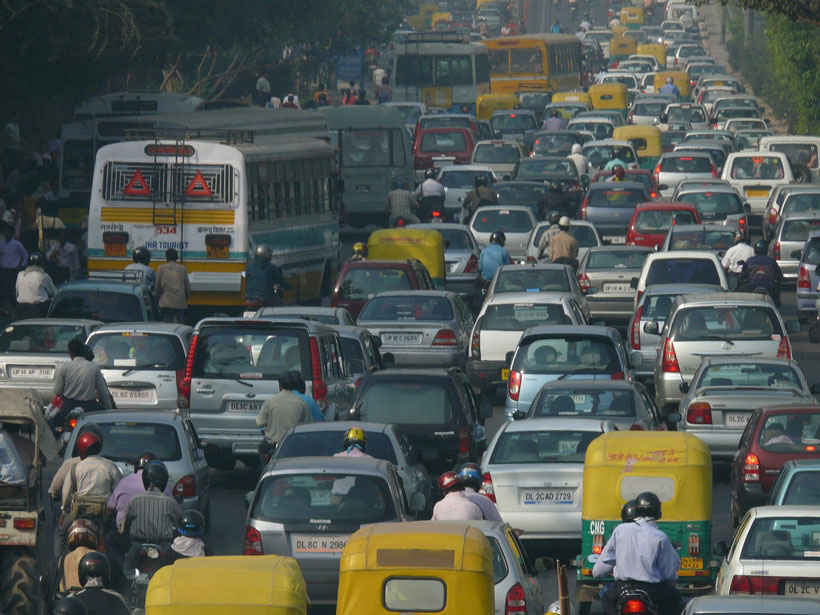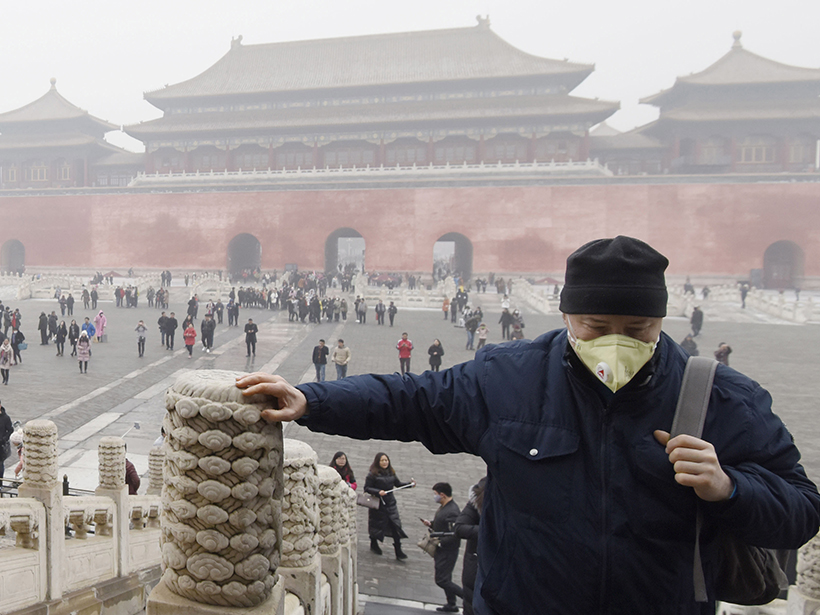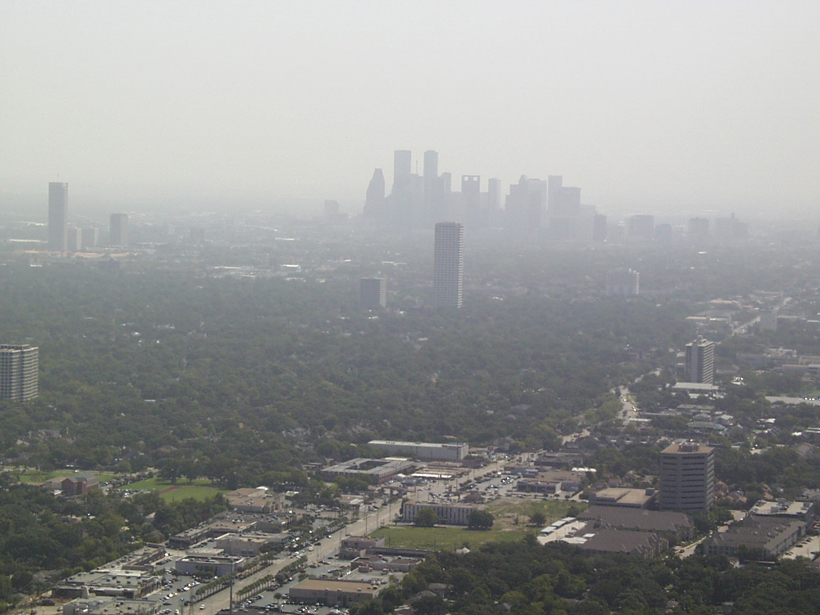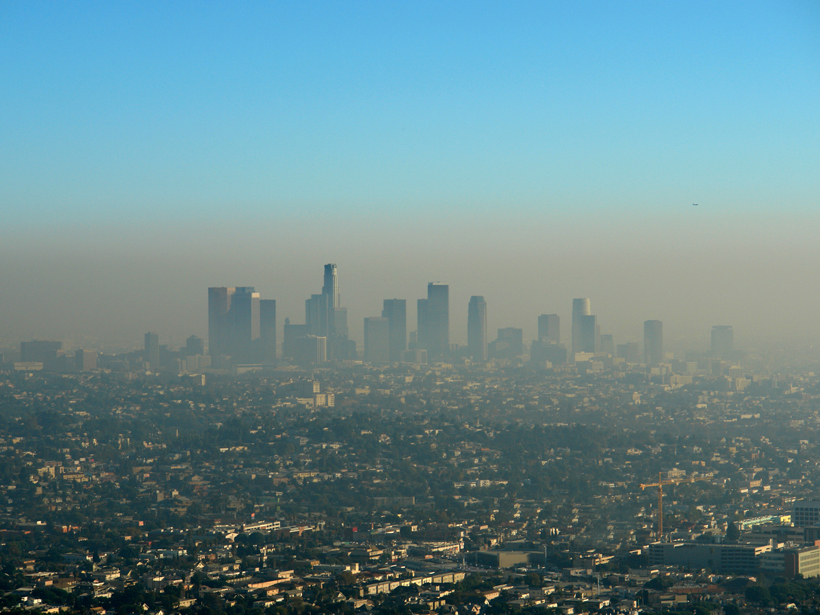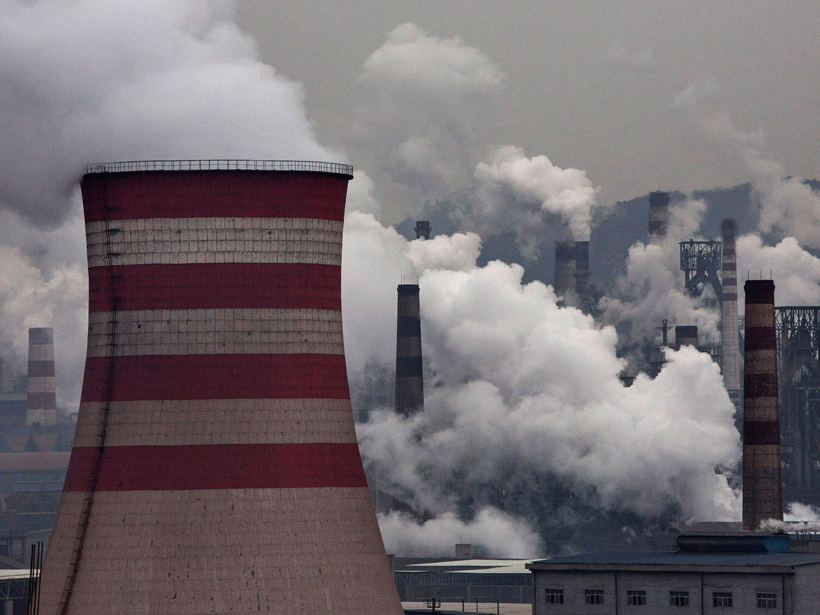Direct observations from flights over coastal California reveal more about aerosol plumes released by burning biomass.
air pollution
Ozone Pollution Deaths in India Higher Than Previously Thought
Reducing emissions could avert more than 300,000 deaths per year by 2050.
How Brown Carbon and Coatings on Black Carbon Affect Absorption
While ambient black carbon absorption is shown largely independent of coatings, distinct types of atmospheric brown carbon coexist, deriving from primary emissions and secondary processing.
Stroke Deaths Rise, Life Expectancy Falls with Polluted Air
The connection between poor air quality and higher stroke mortality was strongest in southern states across a region known as the “stroke belt.”
Heavy Air Pollution May Lower Cognitive Test Scores
A new study found that verbal and math test scores in China dropped with reduced air quality. The effects were especially pronounced for men and elderly populations.
Improving Air Quality Could Prevent Thousands of Deaths in India
More stringent emission controls are key to the country’s future health.
Ozone Pollution Maps Show Spikes Amid Broad Declines
Exceptionally comprehensive new maps detail current global concentrations and 15-year trends.
Will Clean Air Fade Away?
Government-sponsored research and regulations enabled western U.S. states to clean up their air, despite industrial and population growth. Proposed funding cuts could undo this progress.
Advanced Satellite Tracks Air Pollution in Extraordinary Detail
The unparalleled resolution of the European Space Agency’s Sentinel-5P’s spectrometer will allow scientists to pinpoint pollution sources, the agency reports.
Pollution over Southeast Asia May Threaten Ozone Health
Emissions of short-lived chlorine-based chemicals that deplete ozone are increasing worldwide. But over some regions of Asia, these chemicals may be on a fast track to the ozone layer.


